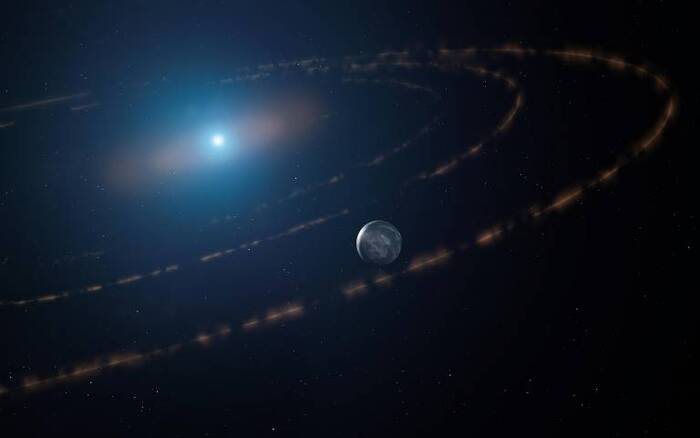It is not enough that it is at the right distance from its star: in order to have liquid water on its surface and to be considered habitable, a planet must also receive the right amount of ultraviolet rays, which are essential to allow the formation of the iochemical building blocks at the basis of life.
This is indicated by the Italian study led by the University of Insubria in collaboration with the National Institute of Nuclear Physics, which further narrows the circle of candidate planets to host extraterrestrial life.
The research, online on the arXiv website and published in the Monthly Notices of the Royal Astronomical Society, shows that 75% of known stars are too cold to trigger these processes.
The researchers, led by Riccardo Spinelli, of the University of Insubria, used NASA's Swift space telescope to observe 17 stars that host 23 planets in the habitable zone, ie which are at the right distance to have liquid water.
"The planets discovered in the habitable zone of red dwarfs, which are the majority of stars, do not receive enough ultraviolet radiation to trigger some processes that lead to the formation of the fundamental building blocks of life, such as RNA," notes Spinelli.
"To start these reactions, the star must have a surface temperature of at least 4,000 degrees, but 75% of the stars in the universe are colder."
"On the other hand, we know that too much UV radiation is harmful to life, because it damages DNA and destroys many proteins", continues the researcher.
Therefore, around each star, there is a band within which a planet receives enough UV rays to trigger the origin of life, but not too many to destroy it: the authors of the study have called it the 'habitable UV zone' and it must overlap , at least in part, with what liquid water allows.









